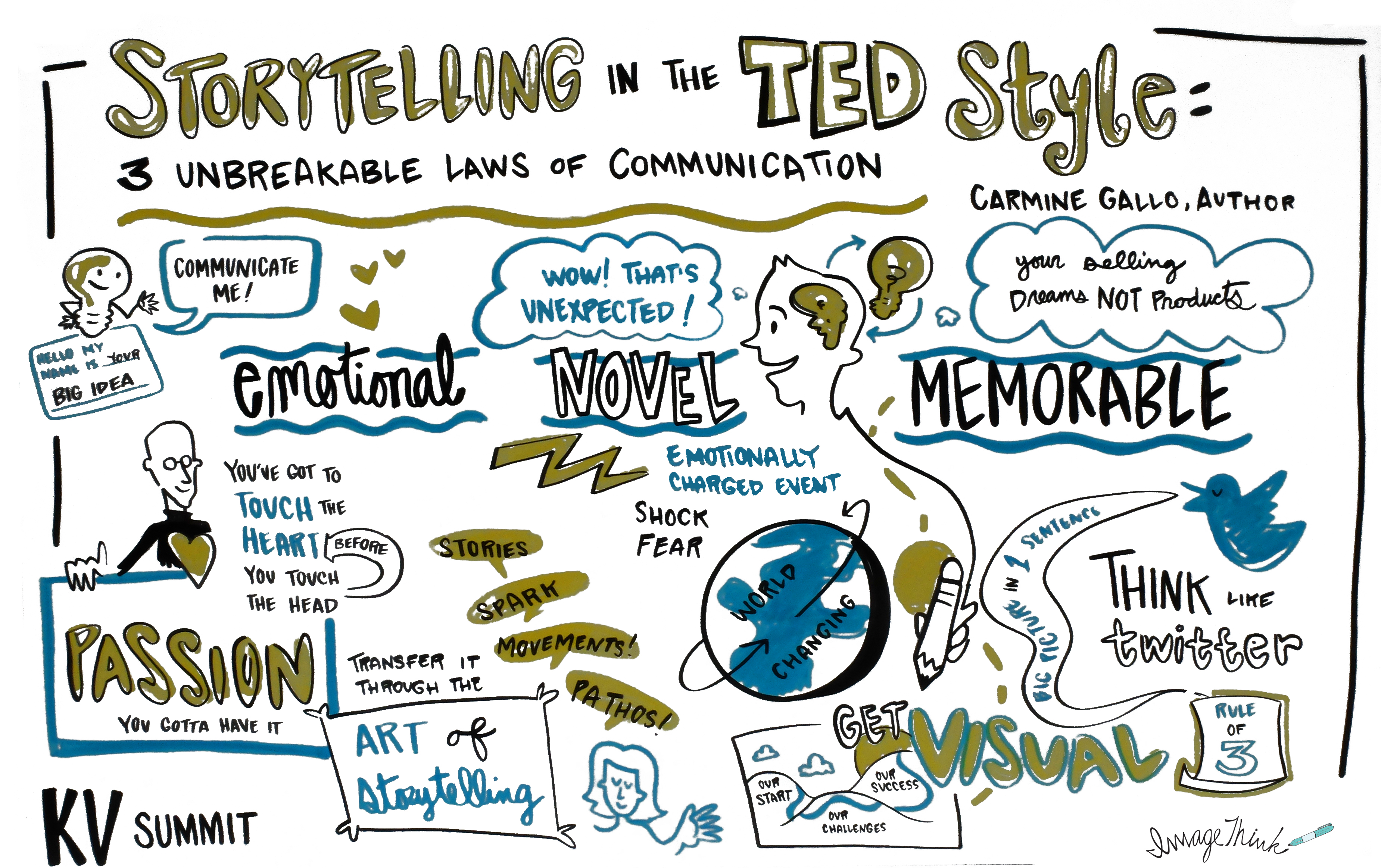 |
| http://d28hgpri8am2if.cloudfront.net/book_images/onix/interior_spreads/9781481435185/the-storyteller-9781481435185.in01.jpg |
September 26
1. Fable - What is a fable? It is a literary genre. It is a short story that teaches a moral lesson.
The most famous fables are from Aesop. According to Wikipedia, "Aesop ( c. 620 – 564 BCE) was a Greek fabulist and story teller credited with a number of fables now collectively known as Aesop's Fables. Although his existence remains unclear and no writings by him survive, numerous tales credited to him were gathered across the centuries and in many languages in a storytelling tradition that continues to this day. Many of the tales are characterized by animals and inanimate objects that speak, solve problems, and generally have human characteristics."
2. Let's try one: The tortoise and the hare, an Aesop Fable
http://diannedelascasas.com/wp-content/uploads/2012/10/Tortoise_Hare.pdf
3. Find a story (research) that you like online and read it aloud to yourself.
Evaluate your stories once more for tellability and
learnability as they read aloud, as this will be a different experience than
reading it in your head and assessing it. Ask them to keep in mind the
specifics of tellability and learnability.
September 27
1. Guidelines for Storytellers (handout 1)
Let's read the handout together for understanding. Please put this handout into your process journal :)
2. Now, it's your turn:
http://read.gov/aesop/001.html
Read and analyze 3 stories. Use the Worksheet to guide you.
September 28
1. Emotion - looks at ways of physicalising the primary emotions: joy, grief, fear, anger, surprise, love, laughter and how to use this in a performance rather than 'acting'.
2. Write a reflection about the warm-up activity.
a. What did we do?
b. What did you learn?
c. How will it help you become a better actor/actress?
3. Continue . . . Read and analyze 3 stories. Use the Worksheet to guide you.




